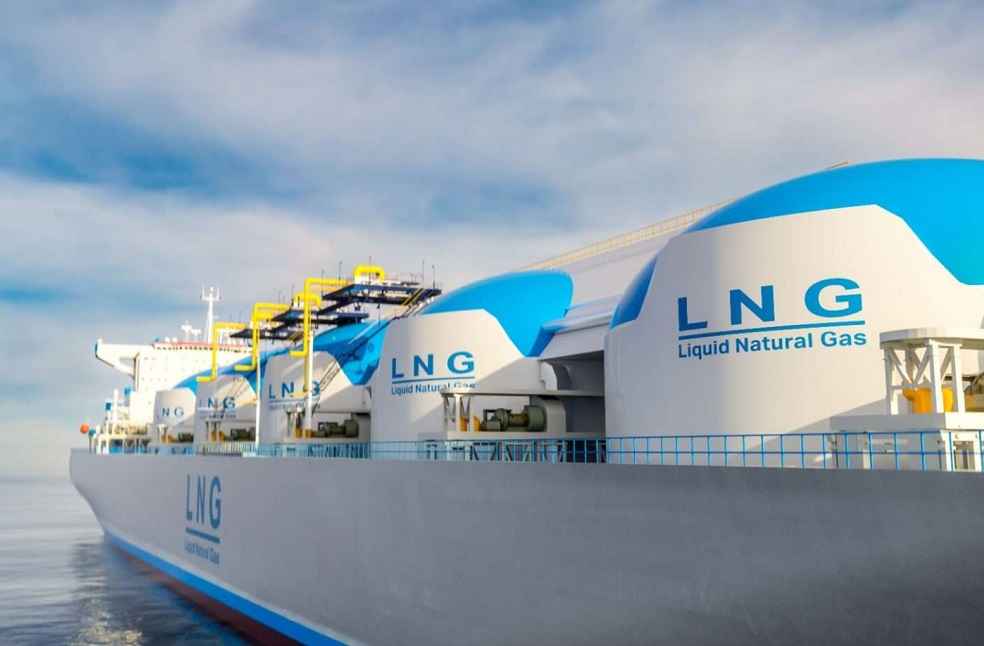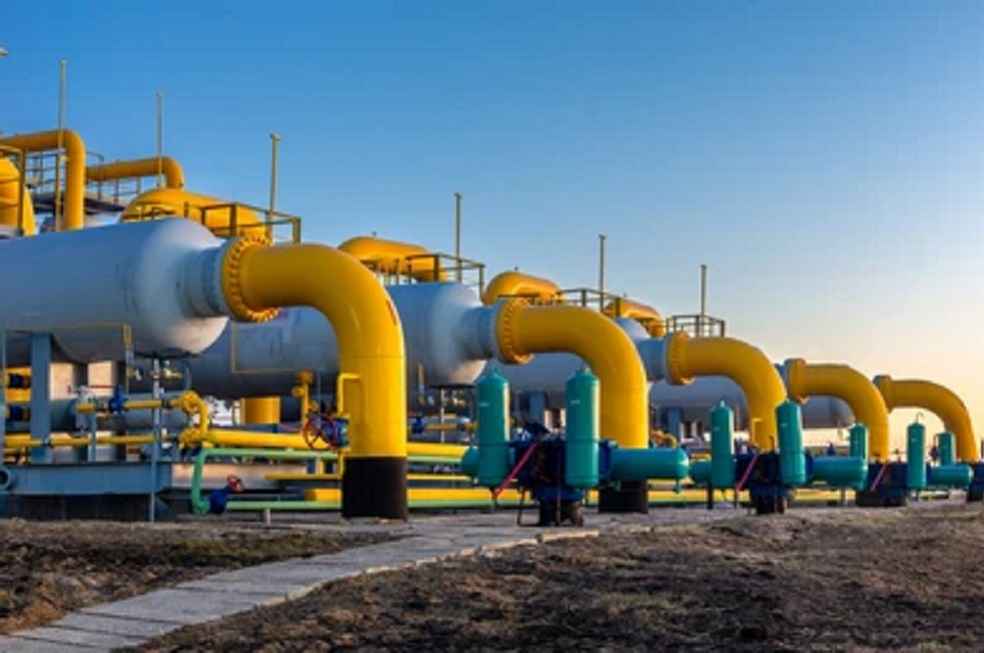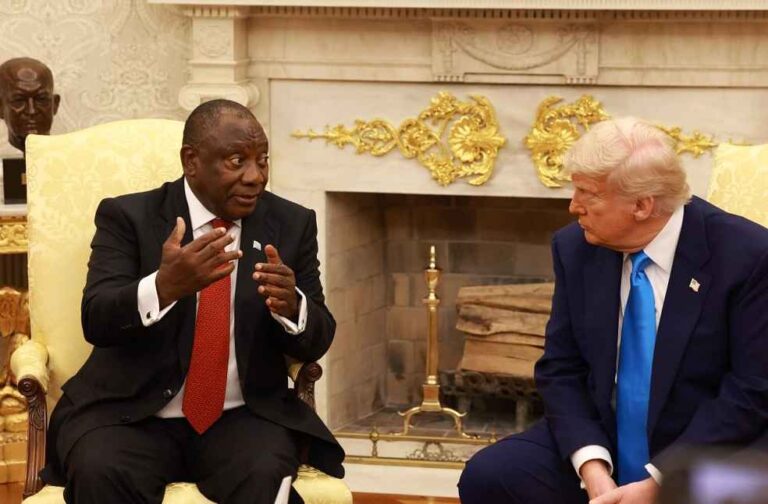South Africa has proposed a 10-year liquefied natural gas (LNG) import agreement with the United States, aiming to deepen economic ties and secure broader trade concessions. The LNG deal forms part of the country’s broader effort to stabilize its energy supply and strengthen its position as a key U.S. trade partner.
In a ministerial statement signed by Khumbudzo Ntshavheni, Minister in the Presidency, South Africa expressed interest in purchasing 75 to 100 petajoules of LNG annually from the U.S., which is currently the world’s leading LNG exporter. The deal is expected to generate $900 million to $1.2 billion in annual trade, totalling $9 billion to $12 billion over the next decade.
This initiative aligns with South Africa’s wider strategy to ensure energy security while leveraging trade talks, particularly those concerning the future of the African Growth and Opportunity Act (AGOA).
The LNG proposal was reportedly among several trade agreements finalized during President Cyril Ramaphosa’s recent visit to Washington, according to Reuters. The visit followed a period of diplomatic tension during the Trump administration, which included criticism over South Africa’s land reform policies and the exclusion of the country from certain U.S. aid programs.

To rebuild ties, President Ramaphosa launched a series of trade and investment initiatives aimed at re-engaging with the United States. The current proposal not only includes LNG imports but also outlines plans for joint collaboration in energy technologies, especially fracking, to tap into South Africa’s untapped natural gas reserves.
As part of the broader trade package, South Africa is also seeking duty-free access for 40,000 vehicles and associated automotive components annually. In addition, it has requested tariff exemptions for quotas of 385 million kilograms of steel and 132 million kilograms of aluminium destined for the U.S. market.
While Africa has established LNG exporters such as Algeria, Nigeria, and Egypt, South Africa’s decision to source LNG from the United States reflects both strategic and diplomatic motivations. The move comes amid the U.S.’s aggressive expansion in the global energy market, driven by the Trump administration’s goal of ‘unleashing American energy.’

According to preliminary data from LSEG, U.S. LNG exports reached a record 9.3 million metric tons in March 2024, surpassing the previous high of 8.6 million metric tons in December 2023. This growth is partly attributed to the ramp-up of Venture Global’s Plaquemines LNG plant in Louisiana.
Data from the U.S. Energy Information Administration shows Europe, including Türkiye, accounted for 53% of total U.S. LNG exports in 2024, followed by rising demand in Asia, whose share increased from 26% in 2023 to 33%. Exports to other regions, including the Middle East, North Africa, and Latin America, also rose from 8% to 14% year-on-year.
South Africa, ranked as the sixth-largest natural gas consumer in Africa by Global Firepower, sees this long-term LNG agreement as a way to not only meet its domestic energy needs but also to reposition itself in global trade discussions. By tapping into America’s growing energy influence, Pretoria is aiming to unlock mutual economic benefits and strategic alignment in the coming decade.
BUSINESS GENERAL | Saudi EXIM Signs 4 MoUs to Boost African Trade Ties



